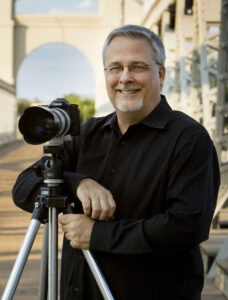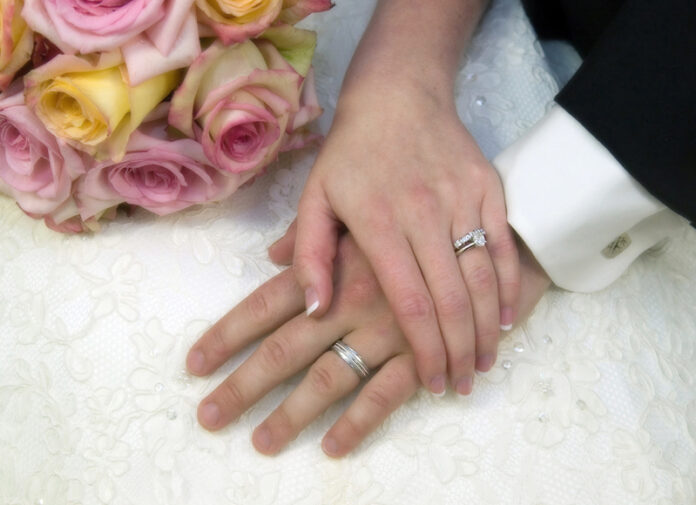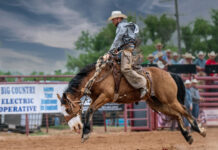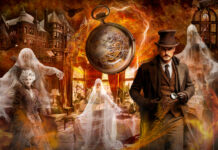by Steve Kozak
Using “bounce flash” creates a much softer lighting and helps to eliminate distracting shadows. Bounce flash requires a room with relatively low ceilings – about 10 to 14 feet. The ceiling should be a light color, preferably white. This is important because you will be lighting your subject with the ceiling – not the flash. The color of the ceiling will be reflected in the overall color of the photograph.
One of the “tricks” about using bounce flash is to know that light comes off of the ceiling at exactly the angle that it strikes the ceiling (angle of incidence equals angle of reflectance). What this means is that you want to angle the flash so that is strikes the ceiling at the halfway point between you and the subject. Pointing the flash straight up will mean that the light comes straight down – lighting yourself and not the subject. It is also possible to point the flash too far beyond the halfway point and therefore directing the light behind your subject. It takes a little practice.
If you have the chance to watch photojournalist on the news while they are shooting using bounce flash, you will notice that some will have a white notecard attached to the flash with rubber band. This card helps to redirect some of the light towards the subject with a bit more efficiency than just bouncing the flash off the ceiling. This also helps to add light to the subject’s eyes and fill-in some of the shadows on the face that are created from the light coming off the ceiling.
 Steve Kozak is the Executive Director of the Texas Professional Photographers Association and teaches a class on “The Secrets to Success When Turning Pro” at the Texas School of Professional Photography. Learn more about his class at www.Texas School.org.
Steve Kozak is the Executive Director of the Texas Professional Photographers Association and teaches a class on “The Secrets to Success When Turning Pro” at the Texas School of Professional Photography. Learn more about his class at www.Texas School.org.











